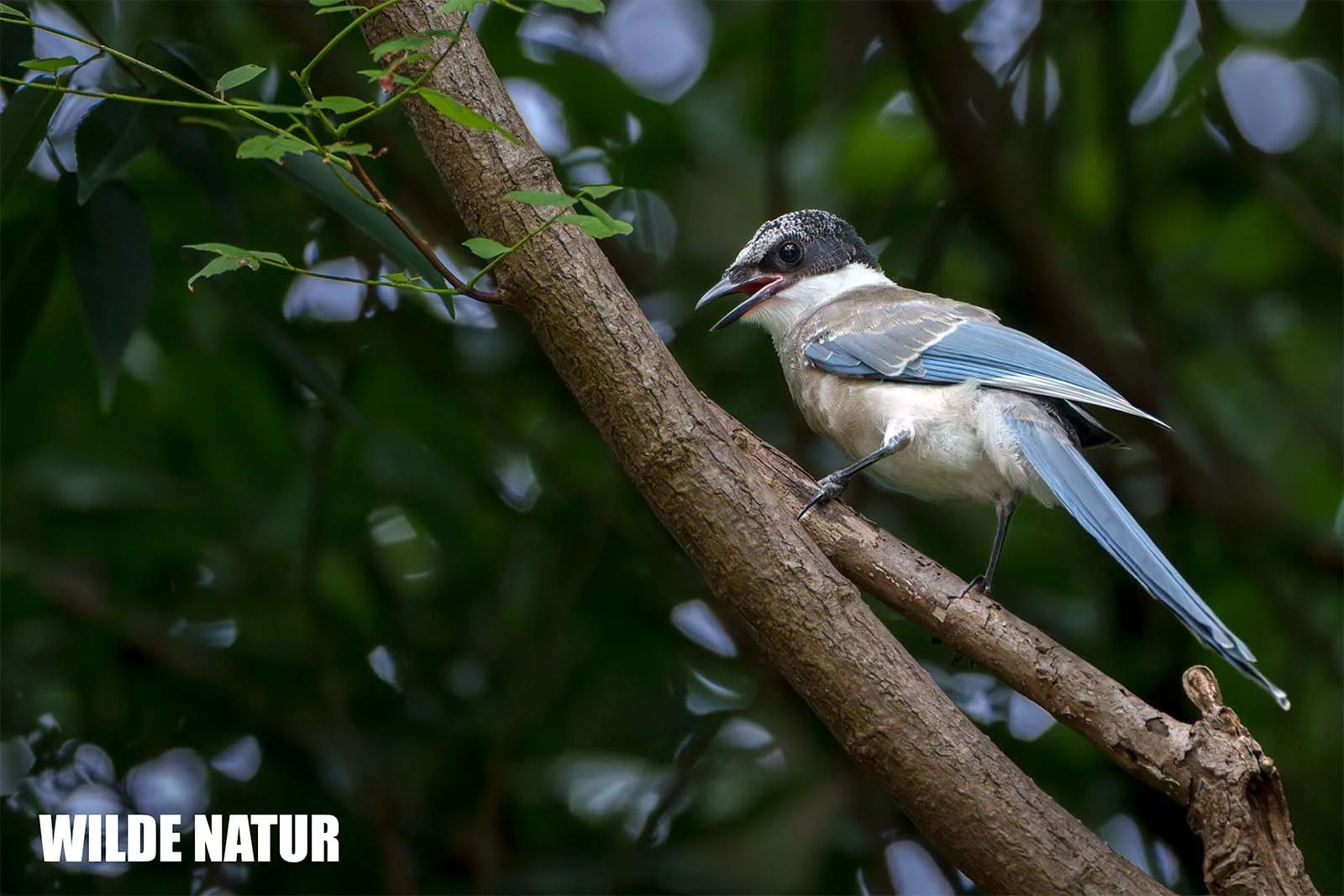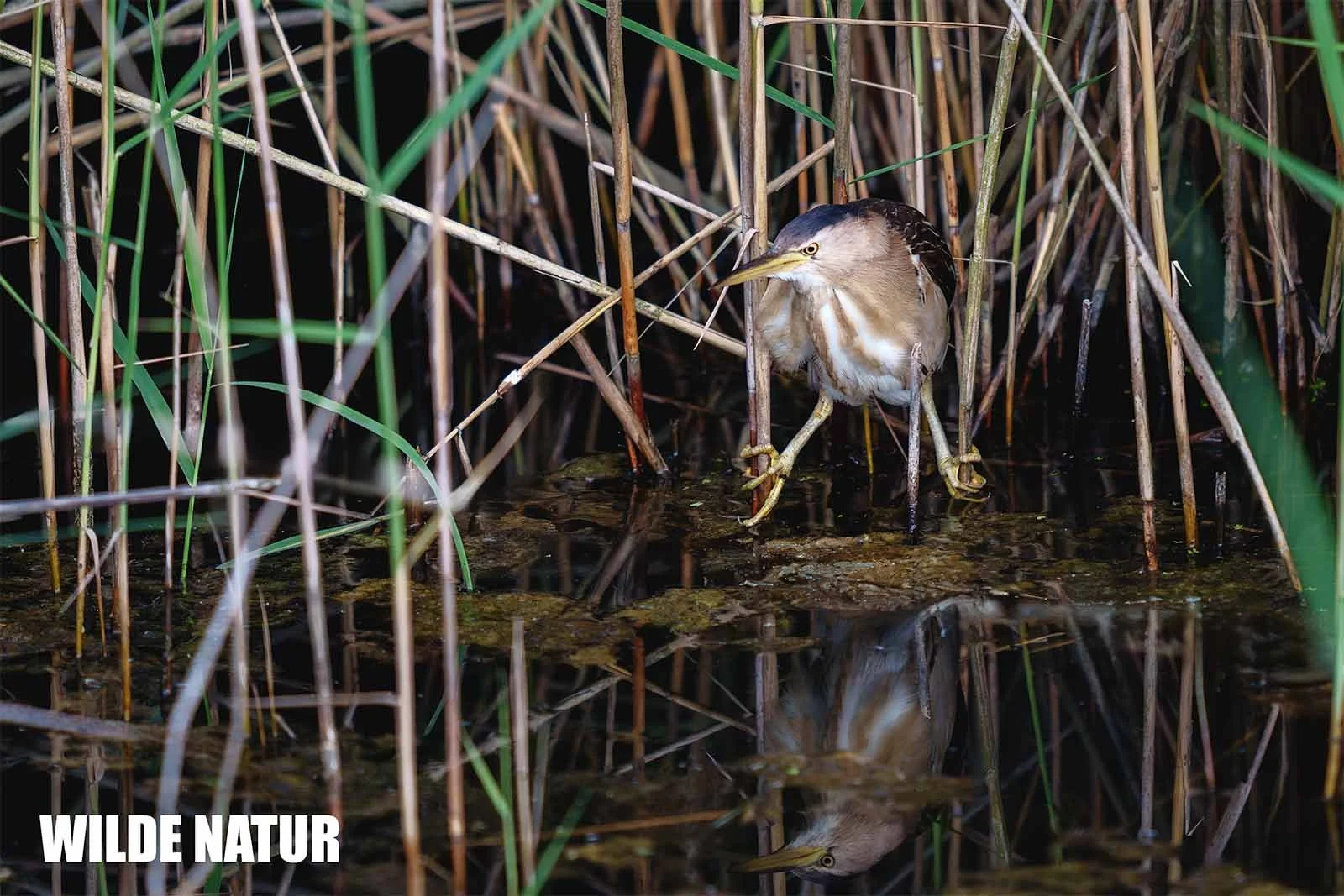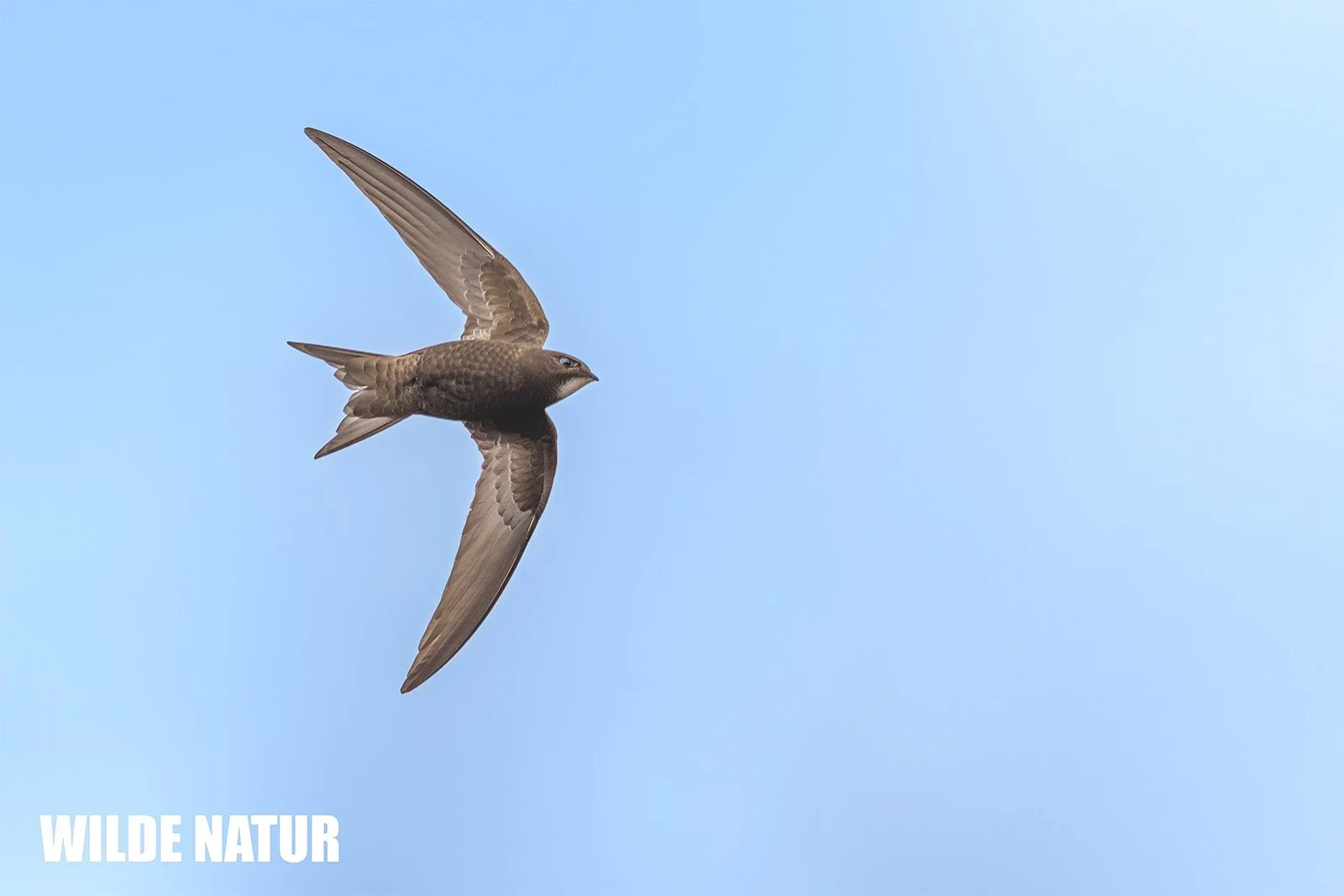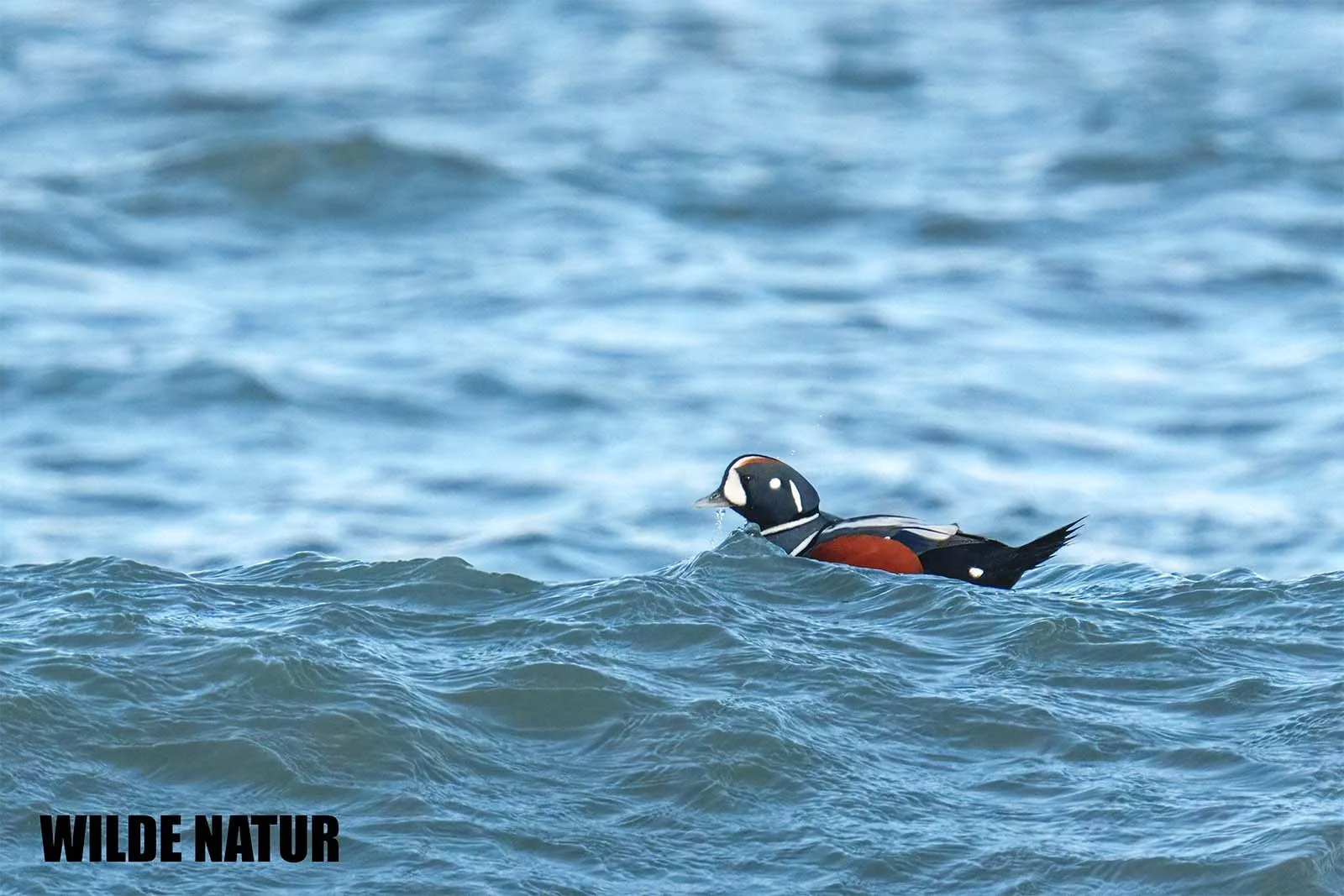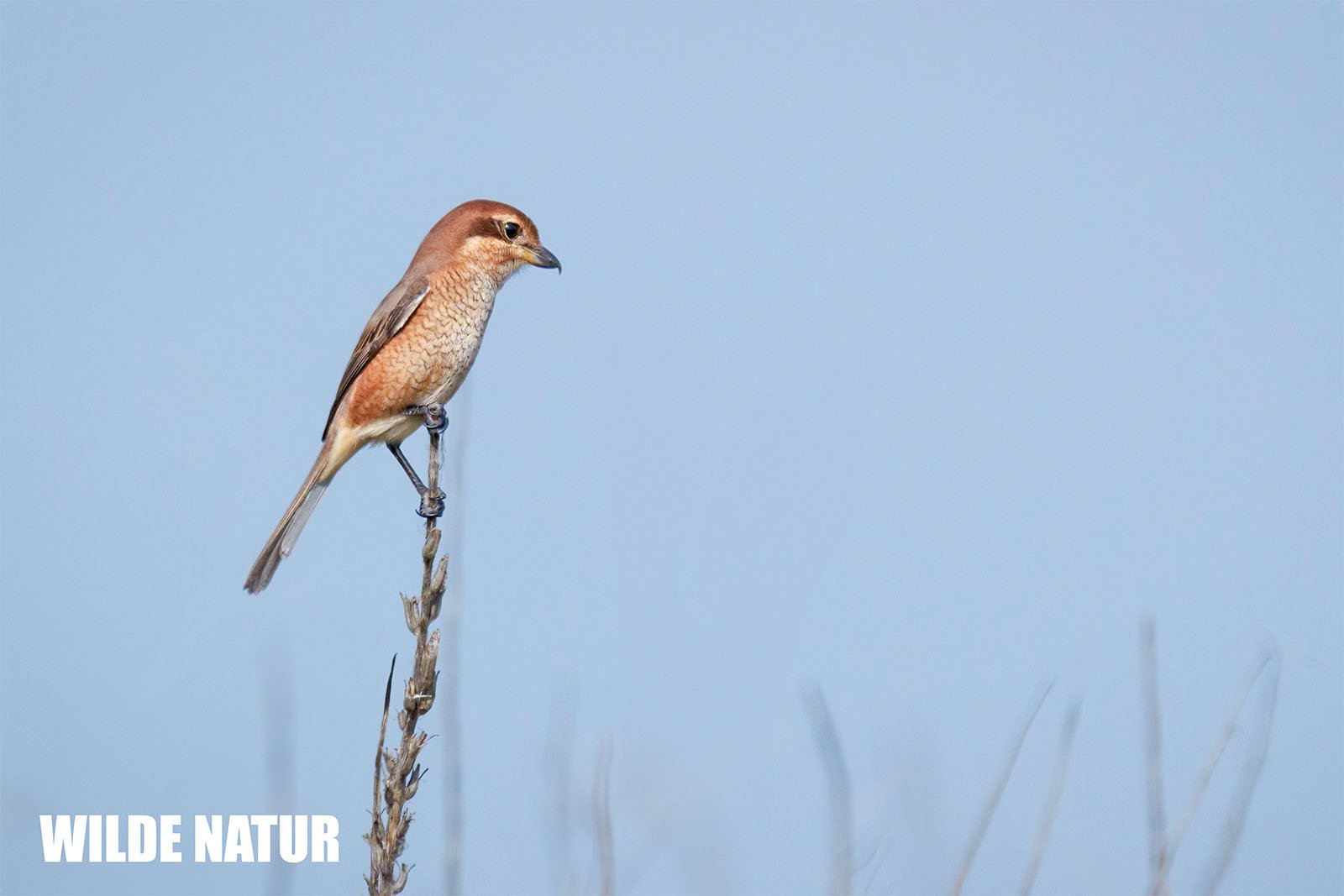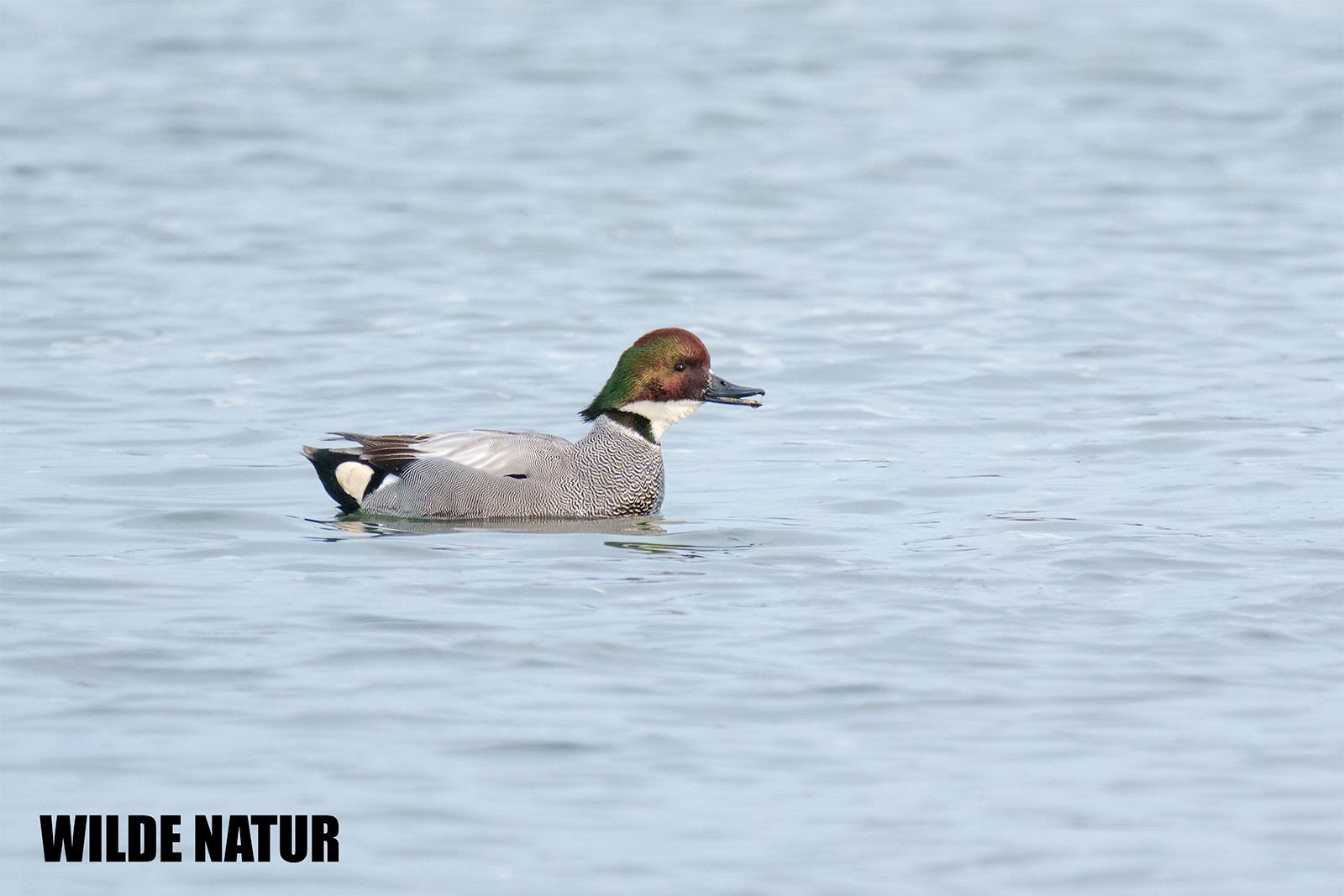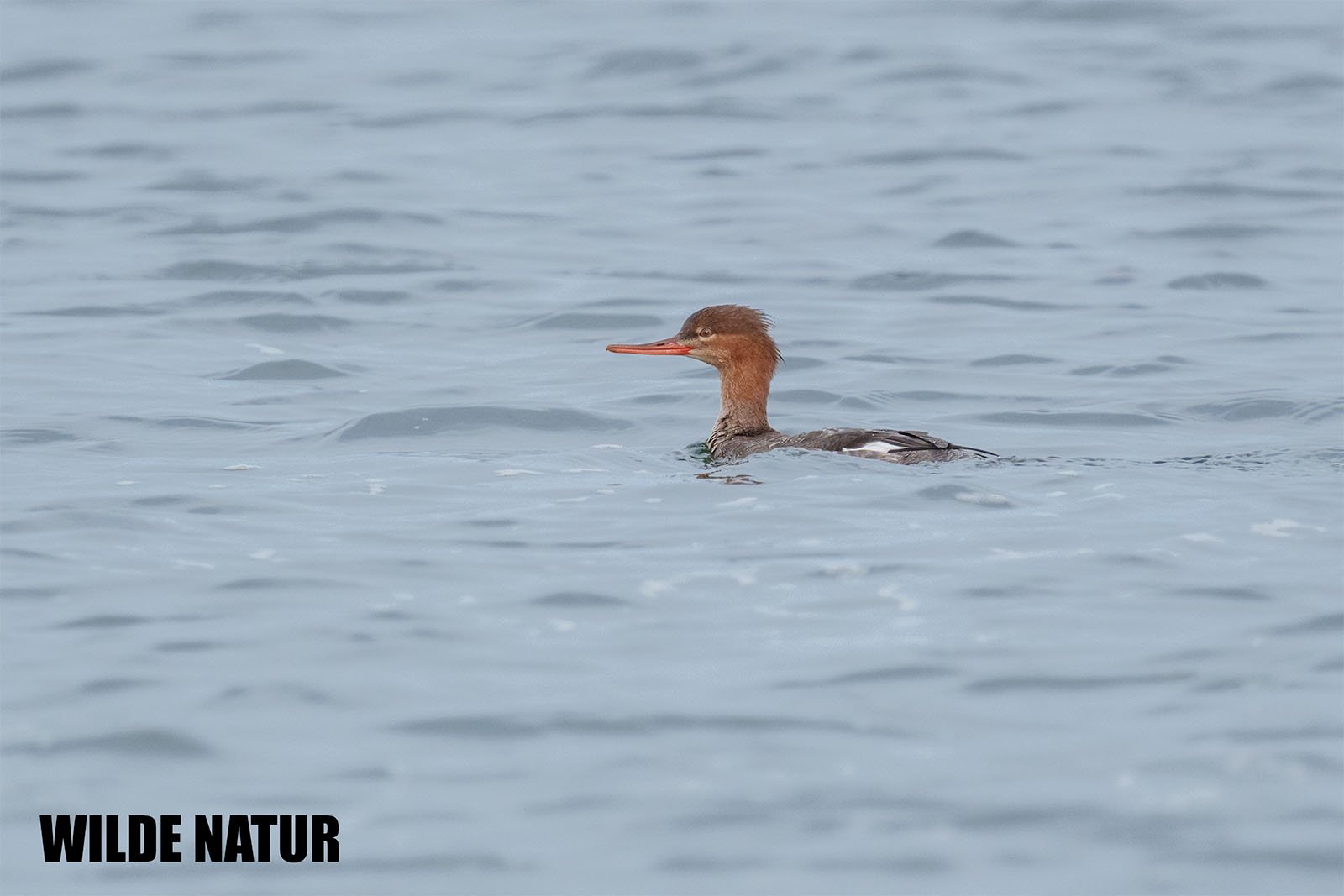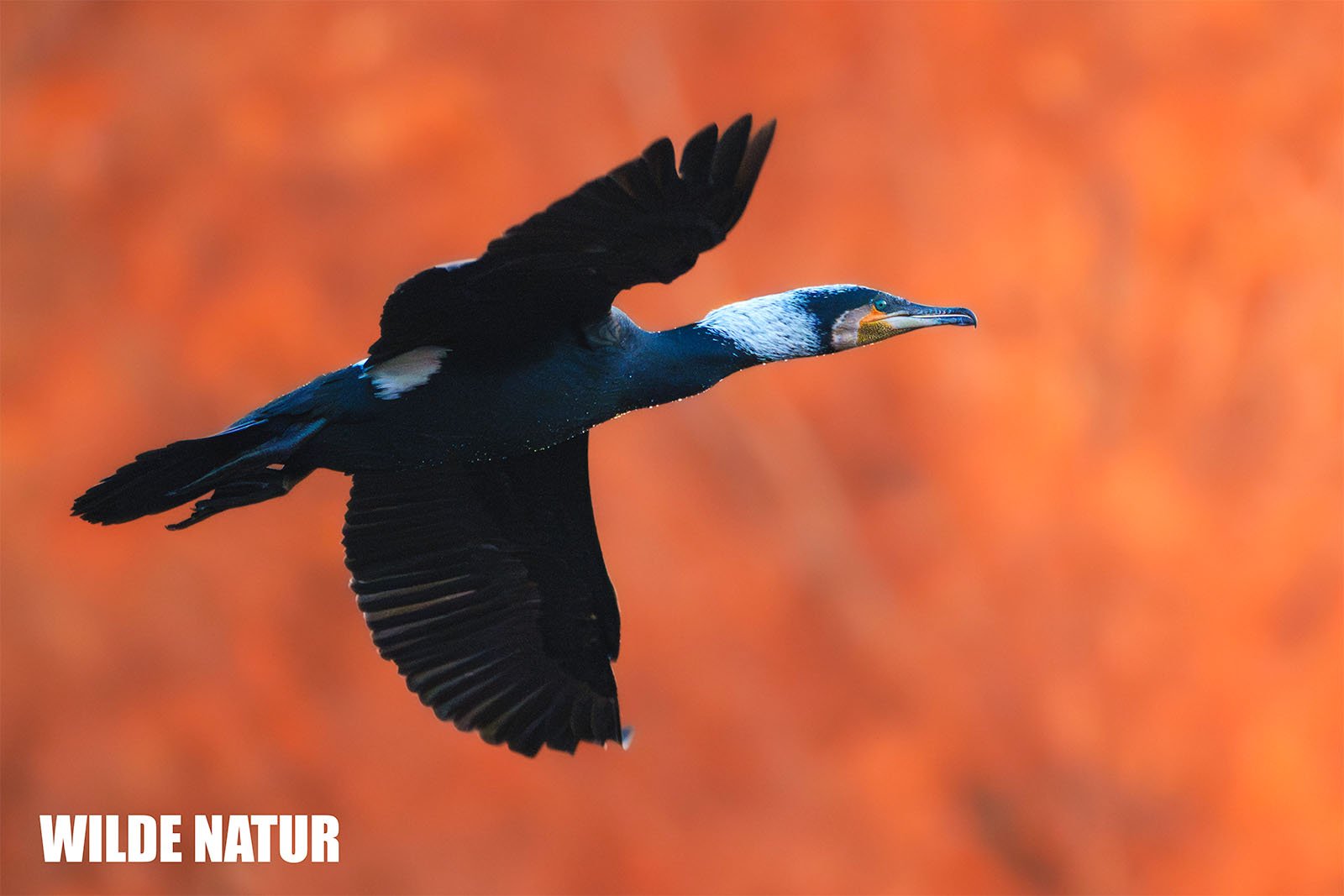Eurasian tree sparrow (Passer montanus)
Tree Sparrow (Passer montanus) Males and females do not differ in plumage
Key Facts:
- Size: 12.5–14 cm
- Characteristics: Chestnut-brown crown, black cheek spot
- Habitat: Rural areas, gardens, and woodland edges
- Breeding: Nests in tree holes and building crevices
- Diet: Seeds and insects
The Eurasian Tree Sparrow (Passer montanus) – A Lively Songbird with a Distinct Appearance
Table of Contents
- Introduction: The Eurasian Tree Sparrow – A Familiar Resident of Rural Areas
- Identification: How to Recognize the Eurasian Tree Sparrow
- Habitat and Range: Where the Eurasian Tree Sparrow Lives
- Behavior and Song: A Social Bird with a Characteristic Call
- Breeding: Nesting in Tree Holes and Crevices
- FAQ: Common Questions About the Eurasian Tree Sparrow
- Shortlist – Color Features
1. Introduction: The Eurasian Tree Sparrow – A Familiar Resident of Rural Areas
The Eurasian Tree Sparrow is a small, lively bird known for its chestnut-brown head and black cheek spots. You can often find this sociable songbird in rural areas, gardens, and woodland edges. Unlike the more common House Sparrow, the Eurasian Tree Sparrow is slightly smaller and less frequently seen in cities. However, it is a familiar sight in villages and small settlements.
2. Identification: How to Recognize the Eurasian Tree Sparrow
The Eurasian Tree Sparrow is about 12.5 to 14 cm in size and has several distinctive features that set it apart from other sparrows:
- Feathers: The most noticeable feature is the chestnut-brown crown that covers the entire head. The cheeks are white with a prominent black spot on each side. The upperparts are brown with dark streaks, providing excellent camouflage in trees and bushes. The underside is lighter, ranging from creamy to whitish, giving the bird a balanced appearance.
- Beak: The short, strong beak is dark and perfect for cracking seeds, which make up most of the Eurasian Tree Sparrow’s diet.
- Eyes: The dark eyes are surrounded by a faint, light eye ring, giving the bird a sharp and alert look.
- Feet: The pale brown legs are strong, helping the bird perch securely on branches and move steadily on the ground while foraging.
Male and female Eurasian Tree Sparrows look very similar, which is uncommon among many bird species.
3. Habitat and Range: Where the Eurasian Tree Sparrow Lives
The Eurasian Tree Sparrow prefers rural areas and places with plenty of greenery. It is commonly found in village gardens, along woodland edges, and in settlements with many hedges and trees. This bird thrives in environments that offer both open spaces and enough cover for nesting and feeding. Tree holes and nest boxes are preferred nesting sites, but they also use building crevices.
4. Behavior and Song: A Social Bird with a Characteristic Call
Eurasian Tree Sparrows are very social birds often seen in small flocks. They share not only feeding areas but also communal roosting spots. Their song is a simple, repetitive chirping often heard from trees or bushes. Even while foraging, these sparrows stay in close contact with each other, making them lively and dynamic birds.
5. Breeding: Nesting in Tree Holes and Crevices
The breeding season for the Eurasian Tree Sparrow begins in spring. Nests are typically built in tree holes, building crevices, or nest boxes. The nest is made from grass, feathers, and other soft materials carefully gathered. The female usually lays four to six eggs, which are incubated for about two weeks. Both parents take part in feeding the chicks, which become fully fledged after around three weeks.
6. FAQ: Common Questions About the Eurasian Tree Sparrow
1. Where is the best place to observe the Eurasian Tree Sparrow?
The Eurasian Tree Sparrow is commonly found in rural areas, gardens, and woodland edges. It prefers locations with plenty of hedges and trees.
2. What does the Eurasian Tree Sparrow mainly eat?
The Eurasian Tree Sparrow primarily feeds on seeds. In spring and summer, it also eats insects to meet the protein needs during the breeding season.
3. How does the Eurasian Tree Sparrow differ from the House Sparrow?
The Eurasian Tree Sparrow is smaller and more delicate than the House Sparrow. Its chestnut-brown crown and black cheek spots are the most distinctive features.
4. Where does the Eurasian Tree Sparrow build its nest?
The Eurasian Tree Sparrow builds its nest in tree holes, building crevices, or nest boxes, lining them carefully with soft materials.
5. How does the Eurasian Tree Sparrow behave in a group?
Eurasian Tree Sparrows are highly social birds that live in small groups. They share feeding spots and roosting places, showing lively social interactions.
7. Shortlist – Color Features
Feathers:
- Head: Chestnut-brown with white cheeks and black spots
- Upperparts: Brown with dark streaks
- Underparts: Creamy to whitish
Beak:
- Short, strong, dark
Eyes:
- Dark with a faint, light eye ring
Feet:
- Pale brown, strong
The Eurasian Tree Sparrow is a charming and lively bird that stands out with its distinctive appearance and social behavior. Especially in rural areas, it is a common but always fascinating species to observe.



